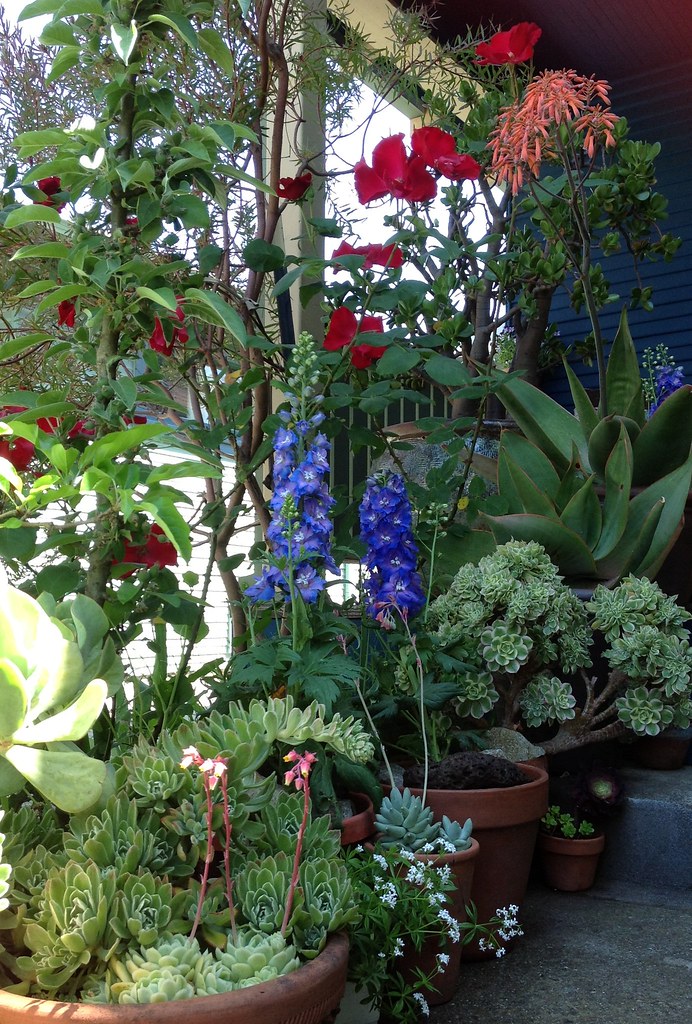 Last week in Fruitvale, I was lucky enough to try tepache at a Mexican restaurant called Huarache. Originating from the Free and Sovereign State of Jalisco, tepache is a tangy fermented pineapple brew spiced with cinnamon and cloves. The taste was deliciously funky embodying all the complexity of fermentation.
Last week in Fruitvale, I was lucky enough to try tepache at a Mexican restaurant called Huarache. Originating from the Free and Sovereign State of Jalisco, tepache is a tangy fermented pineapple brew spiced with cinnamon and cloves. The taste was deliciously funky embodying all the complexity of fermentation. I was so intrigued, I made my own batch thinking I would boldly take it to a BBQ. But then I did not feel so confident to bring this living brew learning many lactating mothers would be present.
As with any fermented product- no two batches are exactly alike and my version diverges quite a bit from Hurache's version as I also adapted the recipe a bit. Instead of the traditional dark cone of sugar - pilloncillo, I opted for coriander honey. I also added a knob of ginger for kick. I was pleased with the results as the left over parts of the pine apple- rind and core that normally go to compost- have transformed into a refreshing fizzy treat for after a hard day's work. Every day each cup tasted remarkably different due to the ballooning levels of wee beasties working hard to convert the sugars into alcohol. I strained it after four days and the brew is now effervescent and light with the color of lemonade.
Such experiments in fermentation can open up the mind a bit more. Drinking a wild living brew makes one wonder how it ever came to be that the likes of Coke and Pepsi dominate our world. I have a number of close friends and family whose weakness is the erstwhile soda. Their addiction shows it's not so simple to choose differently even if you are willing to abandon such poison.
Such experiments in fermentation can open up the mind a bit more. Drinking a wild living brew makes one wonder how it ever came to be that the likes of Coke and Pepsi dominate our world. I have a number of close friends and family whose weakness is the erstwhile soda. Their addiction shows it's not so simple to choose differently even if you are willing to abandon such poison.



